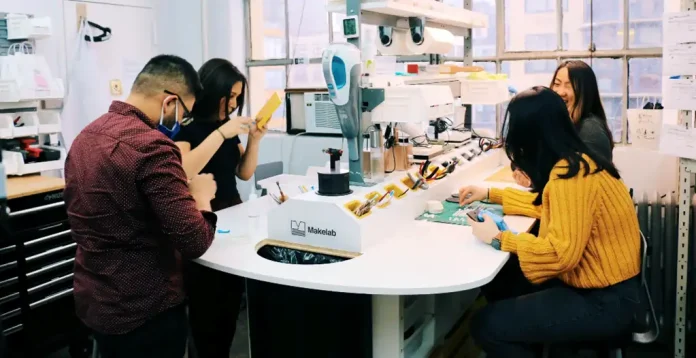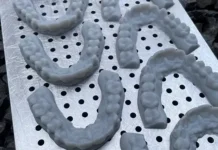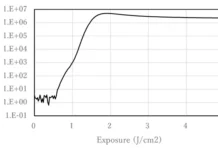By Dr. David Walker
The printshop has been an institution of the additive manufacturing (AM) community since the early ‘90s. Initially, these were small, family-owned prototyping shops that utilized high-end industrial 3D printers to fabricate one-off parts for product designers. But over time, these prototyping shops began to evolve into small-scale manufacturing facilities as AM technologies advanced, enabling higher throughput. Today, there are large, VC-backed, publicly traded companies – such as Fast Radius – whose main value proposition lies in leveraging these industrial high-throughput AM machines for rapid on-demand production.
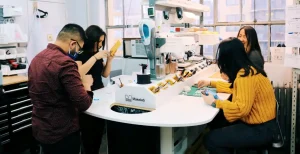
As innovation has continued, becoming more democratized, a trend of massive growth has emerged in the desktop printer market as these printers enter the manufacturing sector. While they still carry the “desktop” moniker, end-users have recognized that the gap between “desktop” and “industrial” hardware vastly has shrunken in the last five years. By leveraging these low-cost, consumer-focused machines, AM production shops have been able to drop the amortized hardware costs on a per-part basis.
In exploring this trend, we examined the journey of two manufacturers that have successfully leveraged desktop 3D printing to compete in the manufacturing market. We sat down with Christina Perla, CEO of Makelab, and Spencer Loveless, CEO of Merit3D, to discuss their experiences using FormLabs and Photocentric machines in their manufacturing facilities.
D&C: How did you come to use desktop 3D printers for manufacturing?
Makelab: Makelab 3D prints parts for brands making physical products! A big portion of our customers are in the consumer products and goods industry, so it’s super fun for us. Manny, our COO, and I started out as industrial designers, so this initial customer target is close to home and fun for us. Some of our customers include Quip, Cash App, Barkbox, Prose, Toyota Research and more. We started to use desktop printers because they were a fast and affordable way to start a business while targeting the initial customer we wanted.
Merit3D: Merit3D started from our sister company, Dustless Technologies, needing to skip overseas inventory and injection molding with AM. We had to produce parts that had similar properties to our injection molded parts. Now, Merit3D is providing this same solution to other manufacturers.
D&C: Why manufacture with desktop printers as opposed to investing in a traditional industrial AM machine?
Makelab: As a bootstrapped business, the machines we’re using today were the right choice to scale up a business. There’s something to the modularity of multiple desktop printers. Do we invest in one machine that can do 24 hours of print time in a 24-hour period? Or do we invest in 36 printers that can do 864 hours of print time in a 24-hour period? Additionally, our previous experience with and vetting of these platforms made the choice easy.
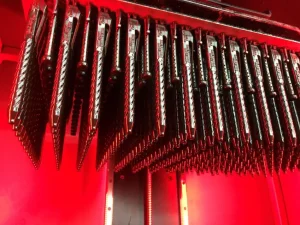
Merit3D: We have been a traditional manufacturer for years. We get it. We were tired of the pains associated with the manufacturing process. After vetting several technologies, we started with desktop AM machines for production. This enabled us to bring our manufacturing back into the USA! Our machines allow us to be agile, fast to market, skip injection molding and be a manufacturing leader.
D&C: Do these desktop machines have comparable outcomes to the industrial machines in the market? Do they fulfill clients’ needs to the same ends (if not better from a price perspective) as industrial machines? What can desktop machines add to help grow their success?
Makelab: Absolutely. Contrary to popular belief, desktop machines are quite wonderful! Of course, there’s a time and a place for both types of equipment. But we’ve found a great spot and entry point for our desktop machines. We’ve really carved out our service offering to match the landscape of this industry, so we are happy with what we’ve got. More open-source software and workflow automation features would be immensely helpful!
Merit3D: We had three main requirements in switching from traditional to AM: price, cost and scalability – all comparable to injection molding of parts. We could not hit the cost or scalability with industrial machines. Our customers have these same issues and requirements. We’re getting better parts, faster parts and cheaper parts for comparable technologies than industrial SLA resin machines.


